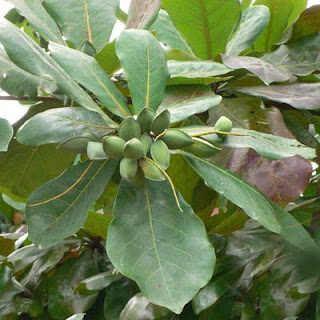
Punta Denis debe su nombre al Rey Denis Rapotchombo, jefe de un clan Mpongwé. Pasó a la historia por firmar el primer tratado con Francia en 1839 (muchos lo consideran como aquel que vendió el país a los franceses). Está enterrado en Pongara, en un lugar que los locales guardan celosamente (pero que yo ya descubri en una de mis expediciones) junto a unos cañones y una termitera centenaria. La Princesa Akombe, su último descendiente, vive actualmente entre Libreville y la Pointe Denis y es también jefa de las mujeres del djembé (un rito de iniciación). Por cierto que estas mujeres tienen mucho poder en el país, incluso a nivel político. Cuenta la leyenda que por Pongara circula una pantera negra que lleva la corona del rey Rapotchombo .............. continuará
The name of Pointe Denis comes from the King Denis Rapotchombo who was the first one to sign an agreement with the French colonizers in 1839 (most people consider him as the one who sold the country to France). He is buried in Pongara, in a place that the locals keep secret (but that I discovered during one of my expeditions in the area). He was the chief of the Mpongwé group. Princess Akombe is nowadays his last descendant as well as the captain of djembé women (will probably talk later about this group). The legend tells that a black panter wearing the crown of Rapotchombo King can be seen in Pongara when the djembé ceremonies take place.
 Objetivo: filmar los casi 800 km de costa gabonesa para hacer un recuento del nº de rastros de tortugas. Velocidad: 150km/h. Altitud: 80metros.
Objetivo: filmar los casi 800 km de costa gabonesa para hacer un recuento del nº de rastros de tortugas. Velocidad: 150km/h. Altitud: 80metros.



















